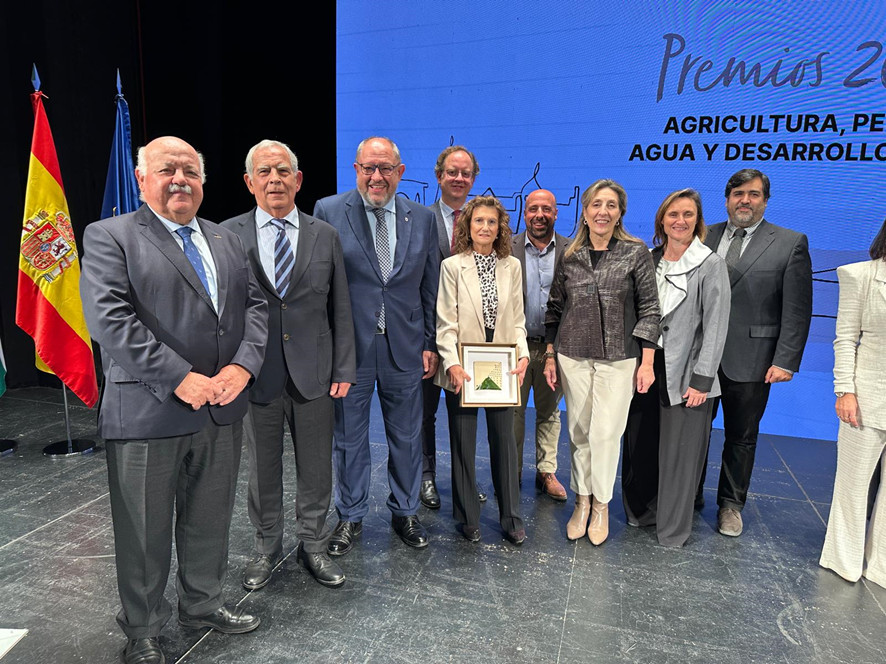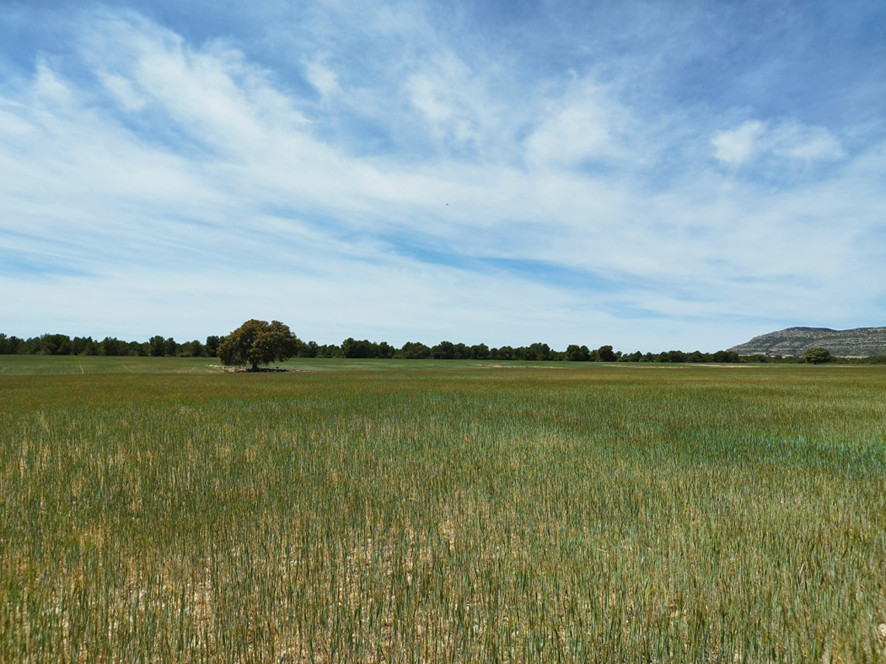The commitment to Conservation Agriculture increases carbon sequestration in extensive crops

The LIFE Agromitiga project continues taking and analysing samples in the network of collaborating farms despite the state of alarm
2020-06-25
MAPA proposes No-tillage as an “eco-scheme” due to its environmental benefits
2021-02-06The commitment to Conservation Agriculture increases carbon sequestration in extensive crops
A study by the UCO and IFAPA analyzes the potential of no-tillage to achieve the objectives of the “4perMille” initiative, which focuses on increasing soil organic carbon.
Agricultural activity is responsible for around 12% of total greenhouse gas emissions in Spain. However, the adoption of best management practices can help to reverse the situation, increasing soil organic carbon sequestration. In order to achieve this objective, to offset the CO2 emissions produced by agricultural activity through soil organic carbon sequestration, the “4perMille” initiative was born within the framework of the Paris Climate Agreement (adopted at COP21 in 2015).
Conservation Agriculture uses practices such as no-tillage (sowing without previously tilling the soil), groundcovers and crop rotation, which are beneficial in reducing greenhouse gas emissions. Along these lines, Emilio J. González, professor at Rural Engineering Department of the ETSIAM at University of Córdoba, from the GI AGR 126 “Mechanization and Rural Technology”, has participated in a project developed by Dr. Rafaela Ordóñez’s team, from IFAPA's Agriculture and Environment Area, who analyzed the potential of Conservation Agriculture to increase soil organic carbon by 0.4% annually, the main objective of the “4perMille” initiative. Applying the “CarbonBenefit Project” model, designed by the United Nations Environment Program, they concluded that the application of no-tillage in extensive crops could increase the agreed carbon sequestration target by up to three times.
After comparing a situation of conventional agriculture based on intensive tillage with the data provided by the model based on no-tillage in extensive crops (cereals, sunflower, legumes, forage species), areas such as the Guadalquivir Valley, Navarra. Aragon or Catalonia appear, where the carbon sequestration objective set by the “4perMille” initiative could even triple. With this study, the capacity of Conservation Agriculture to mitigate climate change is scientifically contrasted, thus offering tools for agricultural management policies such as the Common Agricultural Policy (CAP) of the European Union, which is currently being debated with very green objectives focused on mitigation and adaptation to climate change. This study is part of the European LIFE Agromitiga project whose objective is to contribute to the transition towards a low-carbon agricultural system.
Soil conservation
Besides increasing organic carbon sequestration, the commitment to no-tillage and other Conservation Agriculture practices implies a reduction of soil erosion by up to 95%. Therefore, the main environmental problem in the country, which is very noticeable in the basins of the Guadalquivir and Ebro rivers, is soil loss.
The large communities dedicated to agriculture, therefore, will be greatly benefited by the application of Conservation Agriculture, which is adopted on more than 700,000 ha of extensive crops in Spain, what makes this country a European leader in the application of Conservation Agriculture techniques.
Hence, environmental and social benefits will increase, as well as the economic viability of agricultural holdings, which will conserve their main source of production, their soil, and will also save labor and fuel costs.
Source: UCC+i
This post is also available in: Español (Spanish)




